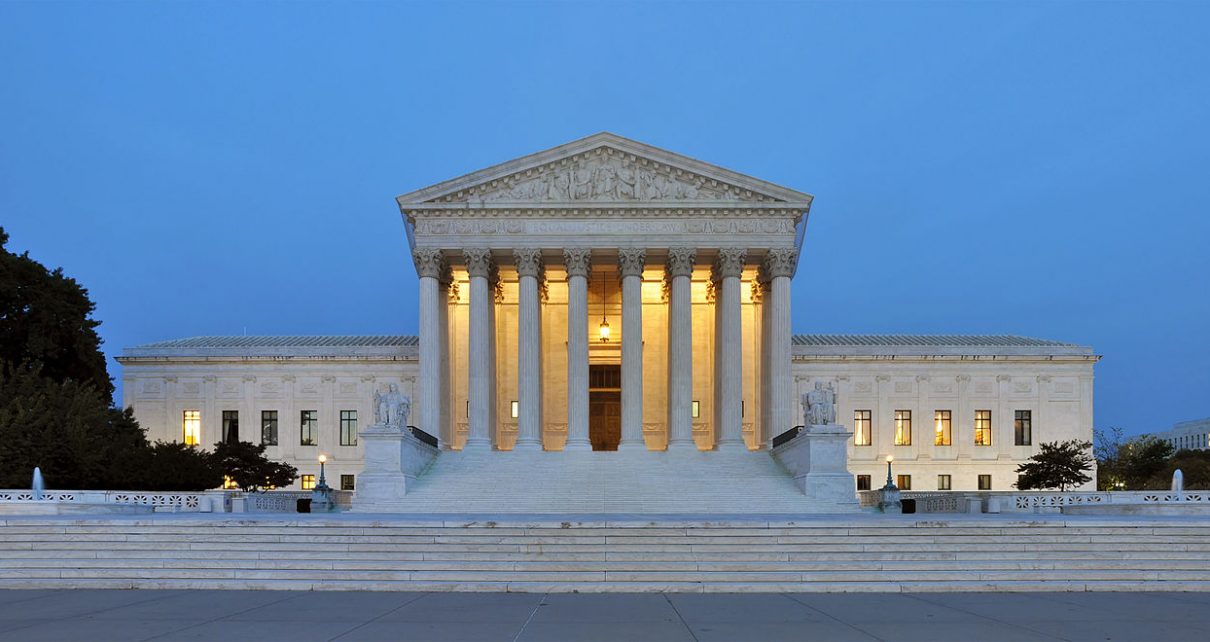
Supreme Court Got It Just Right on Race Preferences
The dissent wailed at length in verbal shrieks and completely avoided the logic of constitutional reasoning
By Ron Knecht, July 3, 2023 9:38 am
The United States Supreme Court ruled June 29 that colleges and universities must stop using race-based affirmative action (AA) in higher education admissions. The 228-page opinion, written by Chief Justice John Roberts in two related cases that began nine years ago, finally brought some Constitutional sense to the matter after decades of intellectual fumbling and dissembling by previous courts.
Roberts’s decision, joined by Justices Thomas, Alito, Gorsuch, Kavanaugh and Barrett, went to the heart of the matter by focusing on the fact the AA practices at the University of North Carolina (UNC) and Harvard College (the defendants in the cases; respectively, a public and a private institution), violate the US Constitution’s 14th Amendment Equal Protection Clause:
“… the Harvard and UNC admissions programs cannot be reconciled with the guarantees of the Equal Protection Clause. Both programs lack sufficiently focused and measurable objectives warranting the use of race, unavoidably employ race in a negative manner, involve racial stereotyping, and lack meaningful end points. We have never permitted admissions programs to work in that way, and we will not do so today.”
Roberts’s decision to write the opinion himself showed leadership and courage, for he has been viewed by many as the least committed among the six-vote majority to full return to the Court’s duty to decide first the constitutionality of matters before it and then consider other matters. He has at various times voted with the statist and neoliberal minorities in cases where they sought to duck the constitutionality issue and focus on other concerns. This time, however, he went straight to the unconstitutionality as the key matter and nailed the point in the sentences above.
In a previous decision, the Court suggested an applicant’s race could be a deciding factor when all other factors left the decision tied – a paradigm that invited and received extensive subjective abuse because the factors leading to a tie are not measurable, objective or consistent. In another case, the Court suggested without support that race-based AA would help both minority and majority applicants, an unsound conclusory leap embraced by institutions also without support.
Also, the Court previously embraced “diversity” without a precise definition and lacking any logical, quantitative or qualitative showing of any alleged benefits. This intellectual mess allowed higher education, business, government and military activists to run amuck with AA, and they did so wantonly.
This week’s decision has been anticipated for some time. As a result, much speculation has arisen as to how AA activists, especially in higher education, would again embrace disingenuous and sophist rationales and practices to continue to actually use race as the factor in their decisions. But here, too, Roberts and the majority rose to the moment:
… nothing in this opinion should be construed as prohibiting universities from considering an applicant’s discussion of how race affected his or her life, be it through discrimination, inspiration, or otherwise. But, despite the dissent’s assertion to the contrary, universities may not simply establish through application essays or other means the regime we hold unlawful today…
A benefit to a student who overcame racial discrimination, for example, must be tied to that student’s courage and determination. Or a benefit to a student whose heritage or culture motivated him or her to assume a leadership role or attain a particular goal must be tied to that student’s unique ability to contribute to the university. In other words, the student must be treated based on his or her experiences as an individual—not on the basis of race.
Many universities have for too long done just the opposite. And in doing so, they have concluded, wrongly, that the touchstone of an individual’s identity is not challenges bested, skills built, or lessons learned but the color of their skin. Our constitutional history does not tolerate that choice.
The dissent, as neo-liberal and statist screeds are wont to do, wailed at length in verbal shrieks and completely avoided the logic of constitutional reasoning.
No doubt the AA establishments will seek to twist the words and logic to allow them to continue their erroneous practices. However, the court has clearly indicated what’s constitutional: People should be treated on their individual merit, not as mere representatives of identity groups.
- Supreme Court Got It Just Right on Race Preferences - July 3, 2023
- OPINION: Nevada has overcommitted to solar and wind projects - April 22, 2022
- Opinion: Critical Race Theory Lies and People Who Tell Them - November 22, 2021




Mr. Knecht,
Many are applauding the decision. I’m nearly fifty and it is long overdue. The nay sayers of my lifetime, my adult childrens lifetime and still at it for my seven grandchildren’s bright future… their melanin content, hair texture or cultural heritage has zero to do with their abilities, their talents and their intellectual grown. Nor their character.
There is only one group who in the last two and a half years that has resurrected very tired and old measures… or brought light to the tired and old practices still in effect.
In this upside down work we are in, it gives some peace of mind that our Constitution is being upheld. The honorable Sandra Day O’Connor noted that sometime in the future, perhaps twenty-five years hence, racial affirmative action would no longer be necessary in order to promote diversity. It implied that affirmative action should not be allowed permanent status and that eventually a “colorblind” policy should be implemented.
Happy Fourth of July! We all bleed red.